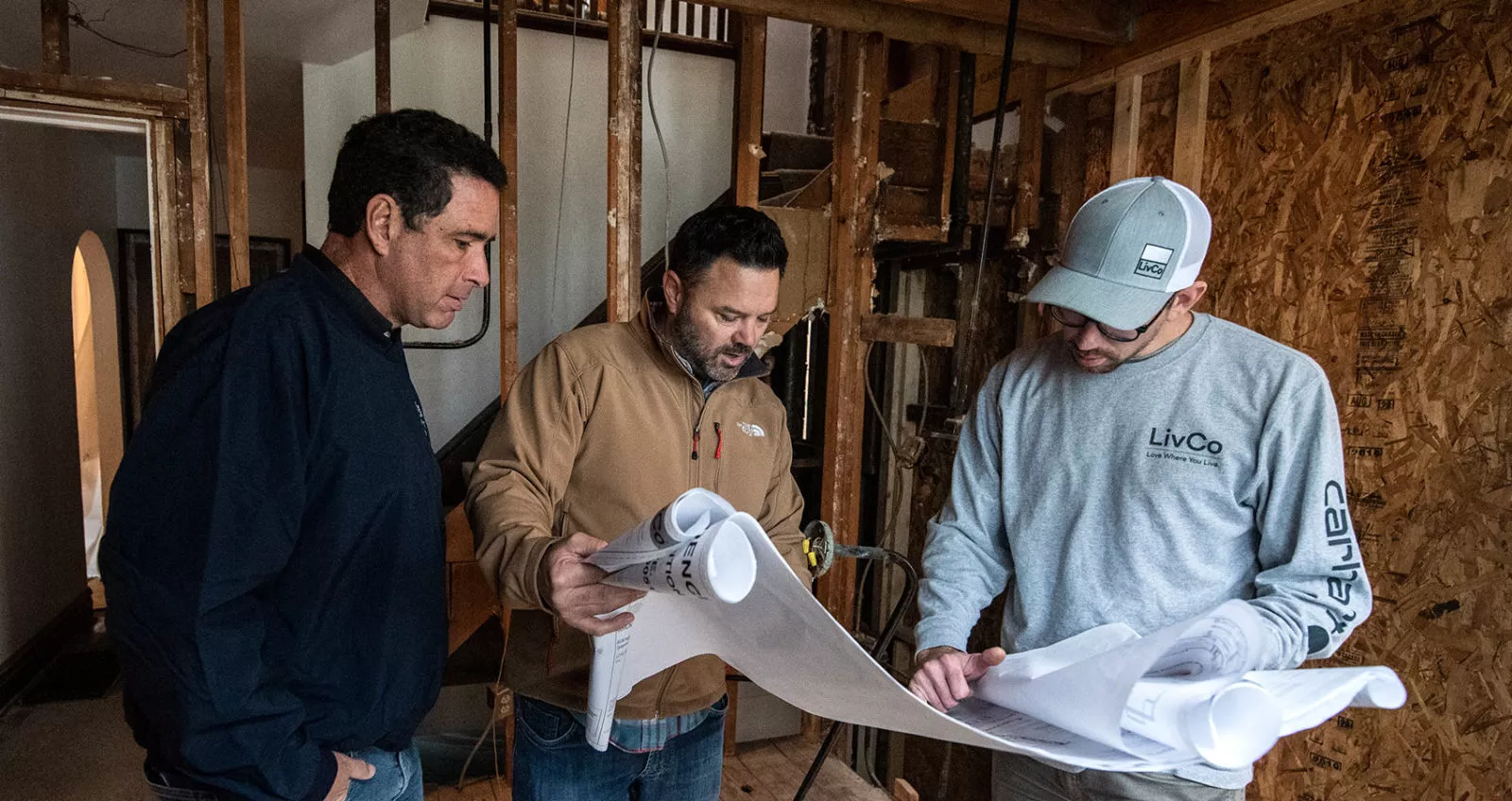
How to Pay for Your Remodel or Addition: Construction Loans
by David P. Pollard AIA LEED AP
Four out of five potential clients I speak with who are considering remodeling are not familiar with Construction Loans. Frankly, I’m always surprised… not that the general public doesn’t know about them, but that the banks don’t do a better job of marketing this incredible financing tool.
Construction Loans are certainly more prevalent and known in the world of new construction. A home builder may sell you a piece of land with an un-built home on it. You are able to finance this before the home exists because there is a detailed set of drawings and specifications that the bank can use to appraise what the value of the home can be, once construction is complete and you move in. This allows the builder to customize the home to the buyer while being secured that the owner is able to afford it. Likewise the buyer is in a safe place because the bank has underwritten the loan based on what the home will be relative to nearby property values.
This same system applies to remodels and additions. Working with an Architect or Builder with a detailed design process produces a detailed set of drawings and specifications. The bank can use this set of documents to appraise the future value of the home. And because the owner already lives in the home and has equity, it is in many ways simpler than a loan for a custom home — A future home on a piece of land that has very little value without a house.
Depending on the equity position of the homeowner, this can often lead to zero out-of-pocket costs for the homeowner to remodel their home or expand their space. This is also typically a construction-to-permanent loan, meaning it is not a higher-interest equity line or bridge loan; it is simply a new end loan with 15, 20, or 30 year terms. Citizens Bank has some great information on how a Construction to Perm Loan works.
These loans usually come with competitive interest rates as the banks use this tool to have you as a customer for the log haul. With rates low, customers who have cash to pay for their remodel may opt for a construction loan that locks them into a great interest rate. This lock happens before construction commences so you are less at risk of future rate fluctuations when the project is complete. All this plus interest-only payments during construction, and a single set of closing costs, makes a construction loan a no-brainer for many remodel and addition projects.
A quick google search turns up a SoFi article stating that one reason not to do a construction loan is that contractors hate them. Yes, there is more red tape, but LivCo understands the process, is used to it, and we make it easy for you. Most professional remodeling companies should feel the same way, and be able to work with sophisticated financial institutions to help you realize your dreams. At the heart of it, the bank is underwriting the project, insuring that the customer is going to get what the paperwork says they are – and they will make sure that the contractor delivers, and the contractor is guaranteed they are going to get paid for the work they do per the paperwork. That seems pretty reasonable to me.
While we are architects and builders, we know a thing or two about financing options; so feel free to reach out with any questions.
We also often work with US Bank for remodeling and addition project construction loans… but as we mentioned they don’t do a great job of marketing, and it seems like it is only offered for new construction homes. Please reach out to us and we will be happy to connect you with someone who can help.
We know the western suburban areas of Chicago well such as Riverside, Brookfield, La Grange, Hinsdale, Western Springs, and Downers Grove, and understand relative property values and recent appraisals. Let us know if we can help.